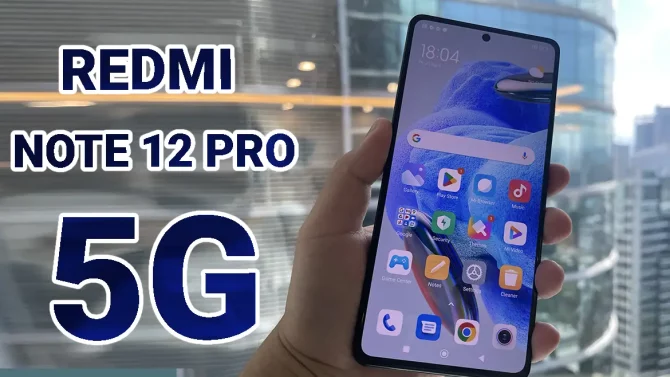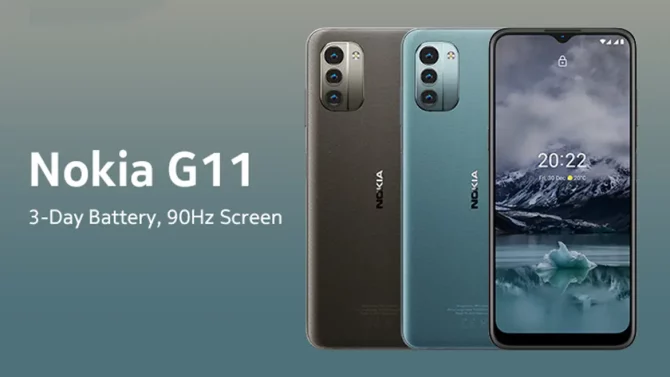
Redmi Note 12 Pro 5G Hands-On: A Perplexing Lineup
With the Note 12 Pro 5G, Redmi recently unveiled three novel smartphones as part of this year’s Note 12 series, presenting a total of six distinct devices within the lineup, some possessing remarkably similar specifications and designs. The brand introduced these phones in two distinct waves, with the latter wave comprising products positioned between the base Note 12 and the top-tier Note 12 Pro Plus, which was unveiled last month.
At the apex of this second wave lies the Note 12 Pro 5G, which shares numerous specifications and design elements with its top-of-the-line counterpart, the Note 12 Pro Plus 5G. Remarkably, it even employs the same chipset, with the primary differences lying in the main camera and the charging speed.
Redmi Note 12 Pro Display
The Note 12 Pro 5G showcases a splendid 6.67-inch 1080p AMOLED display boasting a refreshing 120Hz rate and a peak brightness of 900 nits. Albeit not the most luminous display in its price range, it is intriguing to note that the phones positioned below it—the 4G variant Note 12 Pro and Note 12S—sport brighter AMOLED displays.
As for the design itself, it remains in close proximity to its higher-end counterpart, and I personally appreciate the flat display devoid of curved edges. However, as a relatively budget-friendly device, it carries more weight than desired, yet simultaneously exudes an illusion of premium craftsmanship.
Moreover, the glass back panel imparts a premium feel; nevertheless, it inevitably succumbs to the perils of dust and fingerprints, making it challenging to maintain a clean appearance for more than a fleeting moment. The camera module of the Note 12 Pro 5G is composed of plastic, in contrast to the Pro Plus 5G’s metal construction. However, in my estimation, this distinction is inconsequential and indiscernible unless specifically sought after.
Regarding performance, albeit my hands-on experience was limited to an hour, the device proved to be a commendable budget option, with only occasional stuttering that did not amount to any major grievances given its price tag. It operates on a MediaTek Dimensity 1080 chipset, coupled with 8GB of RAM and 256GB of storage. In terms of connectivity, it supports Wi-Fi 6, 5G, Bluetooth 5.2, and NFC.
Turning our attention to the camera, although it boasts a formidable 50MP sensor with optical image stabilization, it tends to produce grainy results in indoor settings, yielding only marginally satisfactory photos. The macro camera fails to distinguish itself from other budget devices, predominantly serving as an ornamental feature that does not capture attention-grabbing images.
Redmi Note 12 Battery
Like the rest of the lineup, the device is fueled by a 5,000mAh battery. The Note 12 Pro 5G offers 67W charging, which is a notable compromise compared to the Pro Plus model’s 120W charging speed. Other notable specifications include IP53 certification for dust and water resistance, Corning Gorilla Glass 5 for enhanced protection, an IR blaster, and a 3.5mm audio jack.
While the Redmi Note 12 Pro 5G presents a decent option at an RM1,299 price point, there is limited incentive to choose it over the Note 12 5G, which comes with an RM200 lower price tag. Admittedly, the former does offer charging speeds that are more than twice as fast, along with a slightly more powerful System on a Chip (SoC) and a camera setup that remains largely unchanged. Moreover, four out of the six devices in the series feature near-identical designs





